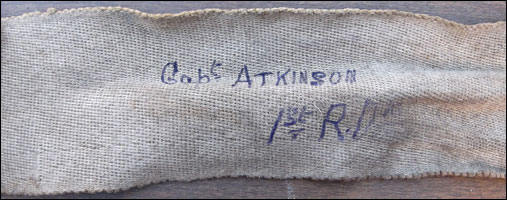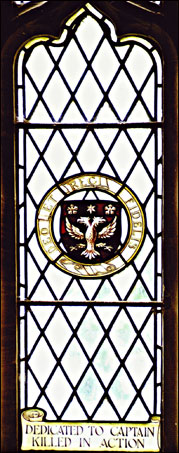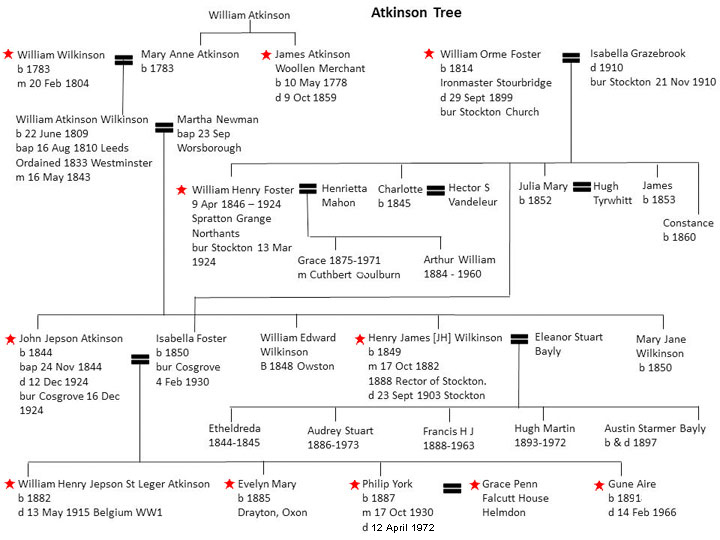Cosgrove at War - Captain William Henry Jepson St Leger Atkinson
|
|
5th (Princess Charlotte of Wales's) Dragoon Guards
August 1914 : at Aldershot, part of 1st Cavalry Brigade in Cavalry Division. Moved to France 16 August.
16 September 1914 : Cavalry Division renamed as 1st Cavalry Division. |
|
Image courtesy of the
Imperial War Museum.
|
|
|
|
The 1st Cavalry Division in 1914-1918
|
|
The history of the 1st Cavalry Division
|
|
| Men and horses of the 1st Cavalry Division, British Expeditionary Force, on the retreat from Mons in August 1914. |
Part of the original British Expeditionary Force, the Division went to France in August 1914. Originally titled as the Cavalry Division, it was retitled as 1st Cavalry Division on 16 September 1914 when a second division was formed. It remained on the Western Front in France and Flanders throughout the war. The Division took part in most of the major actions where cavalry was used as a mounted mobile force, and also many others where the troops were dismounted and effectively served as infantry, including:
1914
The Battle of Mons (23 August, with subsequent Action of Elouges and Rearguard Action of Solesmes)
The Battle of Le Cateau (26 August, with subsequent Rearguard Affair of Etreux, Affair of Nery and Rearguard Actions of Villers-Cotterets)
The Battle of the Marne
The Battle of the Aisne (12 - 15 September and subsequent Actions on the Aisne Heights)
The Battles of Ypres 1914 ("First Ypres")
1915
Winter Operations 1914-15
The Battles of Ypres 1915 ("Second Ypres")
1916
The Battle of Flers-Courcelette (a phase of the Battles of the Somme 1916)
1917
The First Battle of the Scarpe (9 - 12 April, a phase of the Arras Offensive)
The Tank Attack (20 - 21 November, a phase of the Cambrai Operations)
The capture of Bourlon Wood (24 - 26 November, a phase of the Cambrai Operations)
The German counterattacks (30 November - 3 December, a phase of the Cambrai Operations)
1918
The Battle of St Quentin (21 -23 March, a phase of the of the First Battles of the Somme in which the Division eas engaged until 1 April)
On 24 March 1918 each brigade and the machine gun squadron furinished a regiment to be constituted as a "Dismounted Division". These units returned to 1st Cavalry Division two days later.
The Battle of Bapaume (24 - 25 March, a phase of the of the First Battles of the Somme)
The Battle of Rosieres (26 - 27 March, a phase of the of the First Battles of the Somme)
The Battle of Amiens (8 - 10 August)
The Battle of Albert (21 August, a phase of the Second Battles of the Somme 1918)
The Battle of Cambrai 1918 (8 October, a phase of the Battles of the Hindenburg Line)
The Pursuit to the Selle (9 - 12 October)
The Final Advance in Picardy (17 October - 6 November) and in Artois (7 - 11 November)
The Division was selected to advance into Germany as an advance screen for Second Army and form part of the Occupation Force. The move began on 17 November, and brigades reached the Rhine at Cologne and Bonn on 12 December.
|
|
William Henry Jepson St Leger Atkinson, Son of J. J. and I. Atkinson, of Cosgrove Priory, Captain, 1st Royal Dragoon Guards, was killed in action at Ypres, 12th or 13th May 1915 at The Battle of Frezenberg Ridge, 8 - 13 May 1915.
In the period 4-7 May, much encouraged by the British withdrawal, German Fourth Army Commander moved his artillery forward and grouped three Army Corps opposite the weakened British 28th and 27th Divisions holding the Frezenberg Ridge in readiness for a further attack.
At 5.30am on 8 May a violent German artillery bombardment began on the British lines causing massive destruction – especially to 83rd Brigade in vulnerable trenches on the forward slopes of the Ridge. The subsequent German infantry assault was repelled by the surviving British battalions. A second German thrust on the ridge was held but a third assault at 10am, either side of Frezenberg village, forced the remaining defenders to fall back. The German attack was stopped on the right by 80th Brigade but, to the north, 84th Brigade was almost totally destroyed in the onslaught; by afternoon a two mile gap had been punched in the British line. Tenacious defence, hastily improvised counter-attacks and a crucial night advance of 10th Brigade restored a precarious situation.
9 May saw new German attacks further south on 27th Division astride the Menin road; intense German bombardments accompanied violent assaults which were repeatedly held and, over the next three days, no significant breakthrough was made. A final crisis occurred on 13 May, a day of ceaseless rain and shelling, with a German break-in on 7th Cavalry Brigade’s quagmire of a front and enemy bombardments causing temporary evacuations of 4th Division’s line; counter-attacks and skilful use of support troops restored the situation – though at heavy cost in lives. Six days of intense fighting yielded German gains of around 1,000 yards of front between Hooge and Mouse Trap Farm but at such high cost in casualties that offensive operations were halted.
|
|
|
In 2019 Captain St Leger's medals appeared at auction with the following notes:
1914 Star (Capt. W. H. J. St. L. Atkinson. 1/Dns.); British War and Victory Medals (Capt. W. H. J. St. L. Atkinson.), in damaged named card boxes of issue, extremely fine (3) £300-£400
With original slip to accompany the medals. With medal and M.I.D. m.i.c., the former confirms the award of a clasp to the 1914 Star.
Wolverton Express 1915 May 21st
On Saturday, a telegram was received stating that 32 year old Captain William Henry Jepson St. Leger Atkinson, 1st Royal Dragoon Guards, had been killed on Wednesday. He was the eldest son of Mr. and Mrs. Jepson Atkinson, of Cosgrove Priory, and having been in the Army for 12 years, eight had been spent in India, where he was A.D.C. to the Governor of Madras. He was also A.D.C. to the General in the riots of Johannesburg. Being Commander to the signalling troops, he had been at the Front for six months, and had fought in both battles of Ypres.
On Sunday afternoon, May 30th, a memorial service would be held in Cosgrove church, attended by practically all the villagers, and persons of titled and local note. Having read the lesson the father of the deceased officer would then pay the following and moving tribute;
“My son was killed in battle with a smile on his face, so his brother said. As a soldier he was respected; he was fearless, and he is a loss to the Army and the country, as his General says. His Colonel (Colonel Steele) was killed with him. There is not a real man here who will not wish for such an end as his, and who does not thank God with me for having given me such a son.”
Bucks Herald Saturday 22 May 1915
Deep sympathy is felt with Mr. J. J. Atkinson, of Cosgrove Priory, whose eldest son, Captain St. Leger Atkinson, 1st Royal Dragoons, has been killed in action. No one has taken more interest in recruiting than Mrs. Atkinson, who is naturally proud of the splendid record of Cosgrove in sending her sons to the Colours.
|
|
|
Captain St Leger Atkinson is buried at
HOP STORE CEMETERY, Ieper, West-Vlaanderen,
Belgium. Plot I. Row D. Grave 18.
|
|
|
|

The valise returned to the Priory was a folding uniform hanger designed for use in the field. With it was a length of webbing with St Leger's name and unit on it.
|
|
|
|
|
|
|
These labels were attached to St Leger Atkinson's effects, which were repatriated to J J Atkinson at the Priory via Castlethorpe Station after his death.
|
|
|
|
|
|
A window in Cosgrove Church dedicated to Captain St Leger Atkinson
|
 |
|
 |
|
|
|
|
|
|
DEDICATED TO CAPTAIN
|
St LEGER ATKINSON
|
OF COSGROVE PRIORY
|
|
KILLED IN ACTION
|
MAY 13th 1915
|
BY HIS SISTER MARY
|
|
|
|
|
|
|
Click on the red star next to names to learn more

|
|
|

|